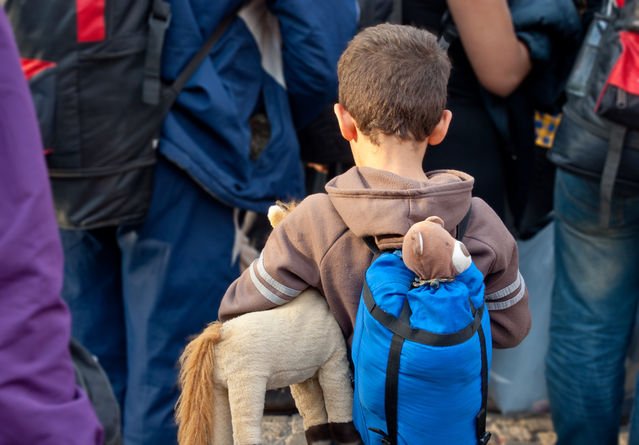The latest United National Higher Commission for Refugees (UNHCR) Global Compact for Refugees 2023 report revealed that the 46 least developed countries, accounting for less than 1.3 per cent of the world’s gross domestic product (GDP), hold over 20 percent of the global population of refugees.
The same source also noted that as of June, the global number of forcibly displaced individuals reached 110 million, surpassing the end-2022 figure by 1.6 million, VisaGuide.World reports.
Furthermore, the report reveals a worrying trend as the number of refugees worldwide has doubled since 2016. In just two years, the global ratio of refugees to the total population has shrunk from one in 400 to one in 200, indicating an escalating crisis.
According to the report, the quarter spanning June to September saw another four million people displaced, culminating in an alarming total of 114 million.
In the middle of 2023, the number of refugees stood at 36.4 million.
Based on these data, a total of 87 percent of these refugees come from just ten countries as follows:
- Syria (6.5 million)
- Afghanistan (6.1 million)
- Ukraine (5.9 million)
- Venezuela (5.6 million)
- South Sudan (2.2 million)
- Myanmar (1.3 million)
- Sudan (1 million)
- Democratic Republic of the Congo (948,400)
- Somalia (814,600)
- Central African Republic (750,900)
Equally concerning is the skewed distribution of responsibility, with 55 per cent of refugees finding shelter in just ten countries such as Iran (3.4 million), Turkey (3.4 million), Germany (2.5 million), Colombia (2.5 million), Pakistan (2.1 million), Uganda (1.5 million), Russian Federation (1.2 million), Poland (989,900), Peru (987,200), and Bangladesh (961,800).
As the report explains, a significant 69 percent of those fleeing conflict and persecution seek refuge near their country of origin.
These figures underscore a depressing reality where, both in economic terms and in population dynamics, it is mainly middle-to-lower-income nations that bear the burden of hosting the majority – 75 percent – of those forced to flee.
A Glimpse into Refugee Returns in 2023
The challenges faced by individuals compelled to flee their homes persistently outweigh available solutions, extending to voluntary repatriations and financial resources. Shockingly, from 2016 to 2022, the ratio of refugees finding lasting solutions to those newly forced to flee averaged one success for every five new displacements.
Meanwhile, the first half of 2023 witnessed a significant change. Over 404,000 refugees chose to return to their countries of origin, marking a significant increase – more than double the figures recorded during the corresponding period in 2022.
Internally displaced persons also experienced a positive trend, with about 2.7 million individuals returning to their homes. This figure almost doubled compared to the first half of 2022, implying a substantial improvement in the conditions that facilitated the return of the displaced population.
Although the number of refugees who were successfully resettled increased, the scale remains a cause for concern. The first six months of 2023 saw an increase in displacement cases, However, these accounted for only three per cent of the two million individuals globally awaiting resettlement.
